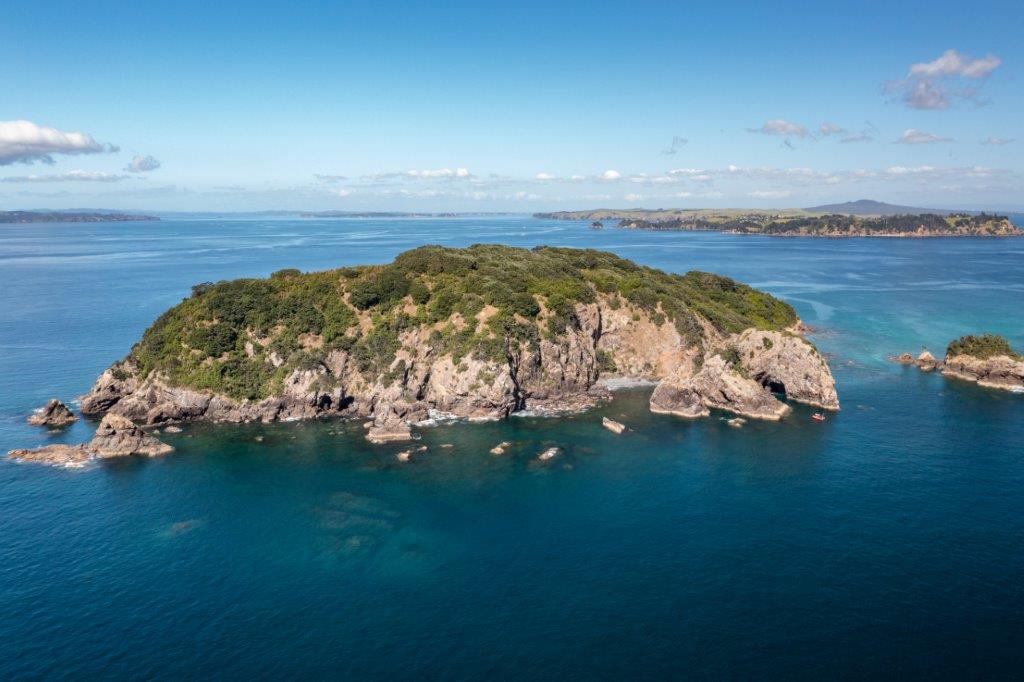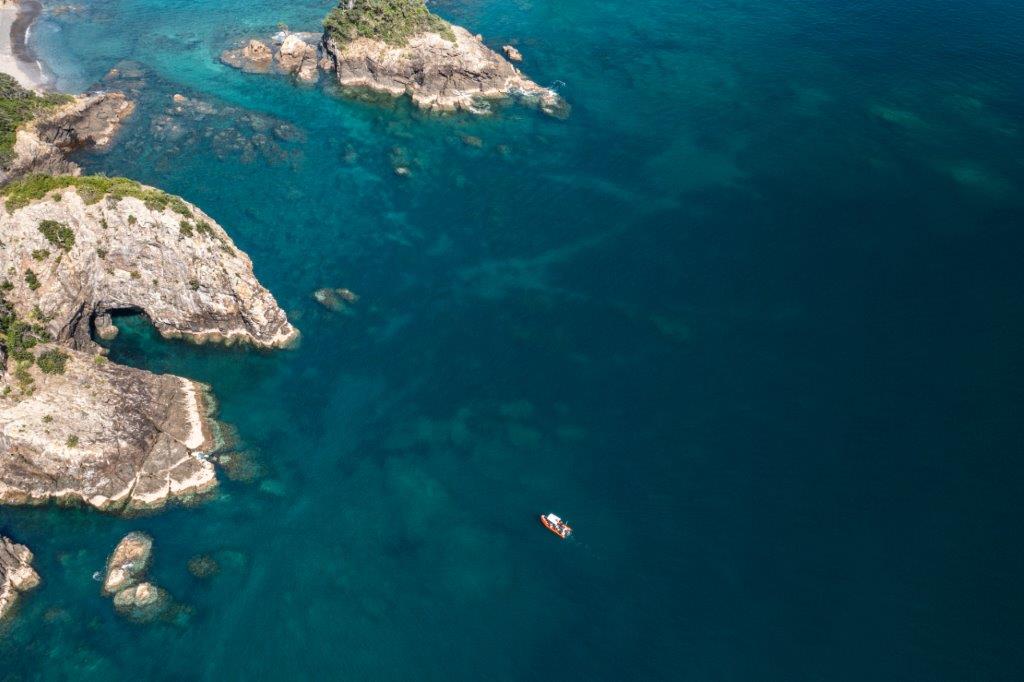The Noises hold a very special interest for seabird lovers. Being home to at least…
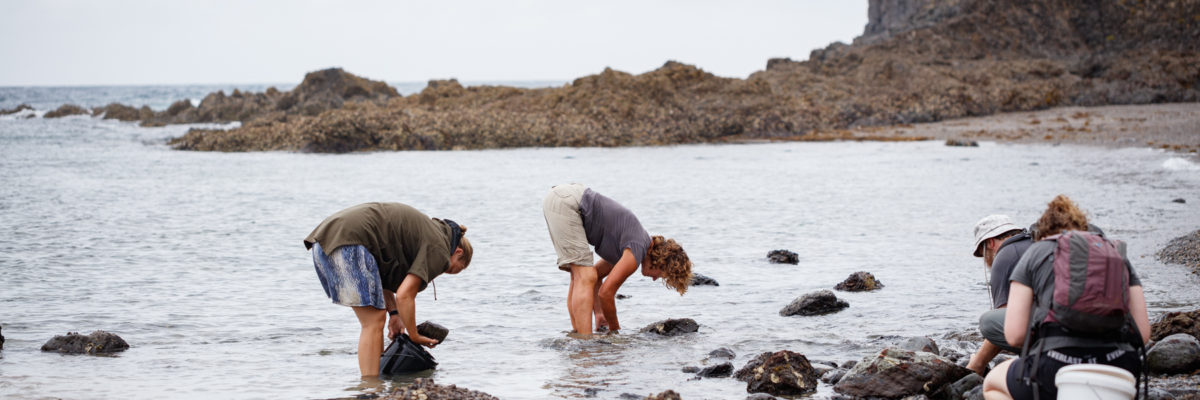
Expedition Ōtata: The Noises monitoring trip December 2021
Key to the goal of holistic protection of The Noises is the rollout of a detailed and long-term monitoring plan of both the land and sea. This plan took a big step forward in December when biologists from Tāmaki Paenga Hira, Auckland War Memorial Museum (here after AM), and Auckland Council found their “best life” hosted by the Neureuter family trust on The Noises for eight days of documenting the natural environment.
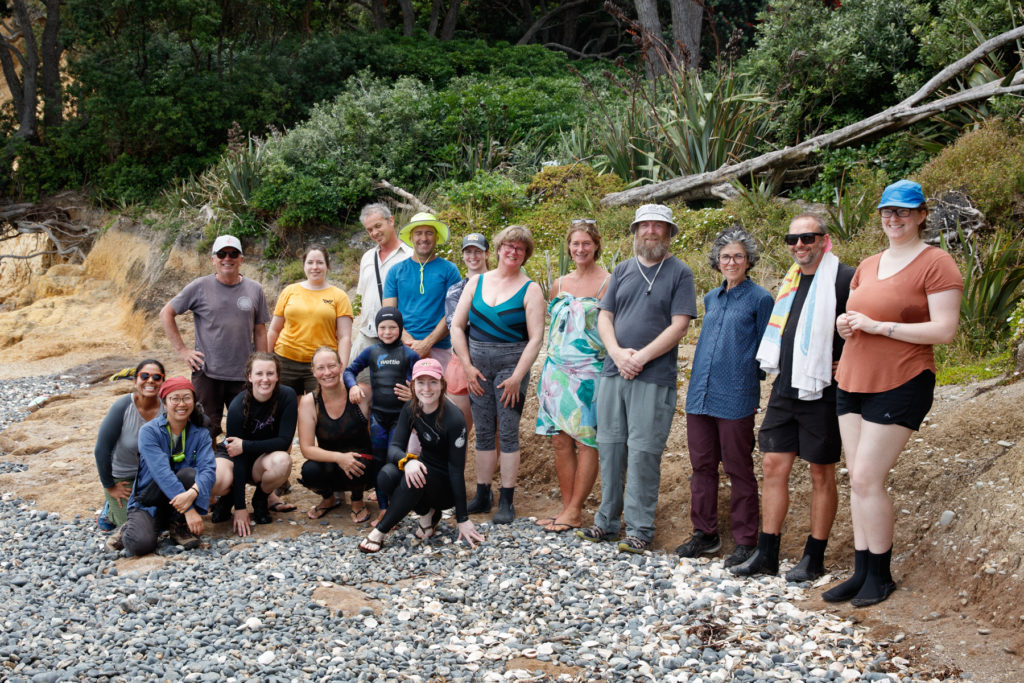
The botanical team, of Yumiko Baba and Ella Rawcliff (AM) and Georgianne Griffiths, Andrew Marshall, Cameron Kilgour, Carolina Stavert and Mikayla Kendle from Auckland Councils RIMU unit, made a solid start installing three 20 x 20 m forest monitoring plots that over time will provide invaluable data on forest growth and changing species composition on Ōtata over time. Each plot takes a staggering amount of work requiring the dedicated botanists to tag and measure every single tree thicker than 2.5 cm at breast height, no mean feat in the thick stem-filled bush on Ōtata.
Over at team invertebrates Wilma Blom and Darryl Jeffries from AM worked to document the micro fauna that is the dominant feature of most places on the planet including The Noises. Using a combination of pit-fall trapping, hand and leaf-litter collecting gave an indication of the abundance small-life present with the experts reporting a bewildering range of groups including: earthworms, millipedes, mites, spiders, harvestmen, pseudo scorpions, isopods, amphipods, bristletails, booklice, beetles, fly, butterflies, moths, ants and wasps, phew! Of particular note was the diversity of micro land snails present with leaf litter samples from Ōtata, Motuhoropapa and Sunday Island with at least 17 species, most of which are likely to be endemic.
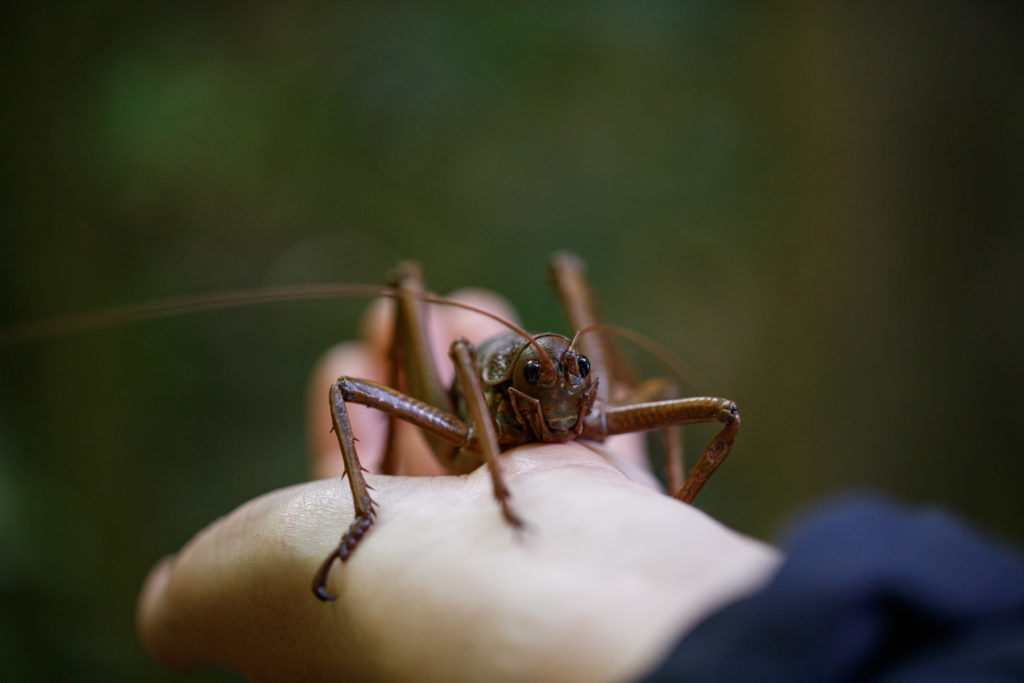
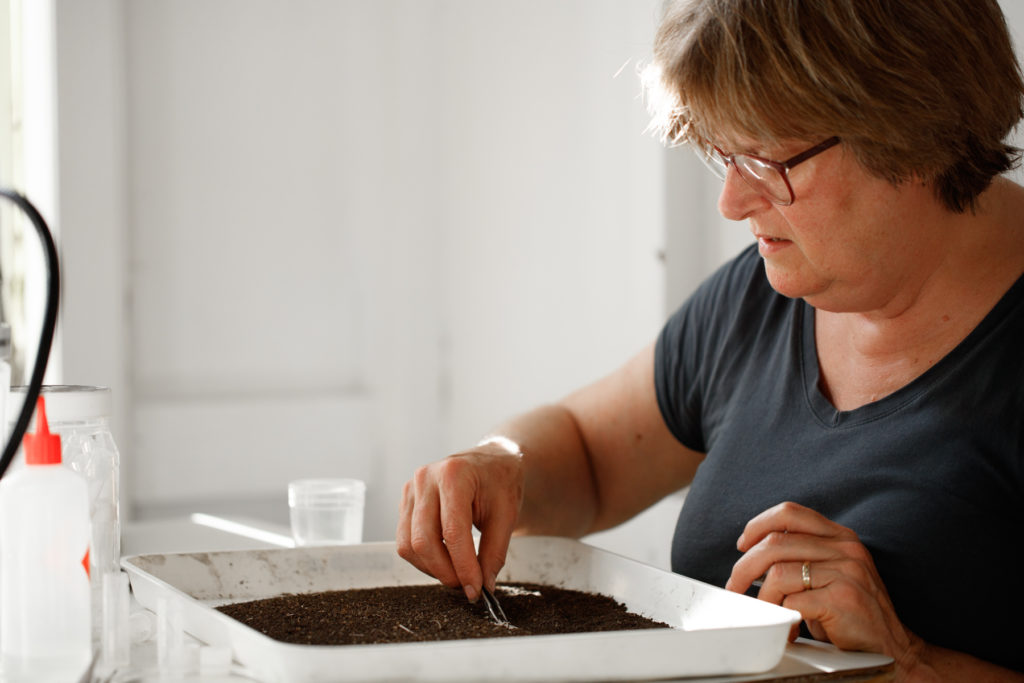
Meanwhile, Rebecca Bray, AMs resident reptile expert was busy installing tracking tunnels to quantify the abundance of skinks and geckos scuttling through Ōtata’s forests and Josie Galbraith and yours truly conducted five-minute birds counts across the island to document the summer time bird life of The Noises. With Pohutukawa in full flower, the forests were dominated by an abundance of joyful Tui, singing from 4:30 am (ear plugs were a welcome part of the field kit) until well into the night. Of course, The Noises are seabird islands and I also busied myself checking the health of this year’s crop of seabird chicks including Oi / Grey-faced petrel and Pakaha / fluttering shearwater.
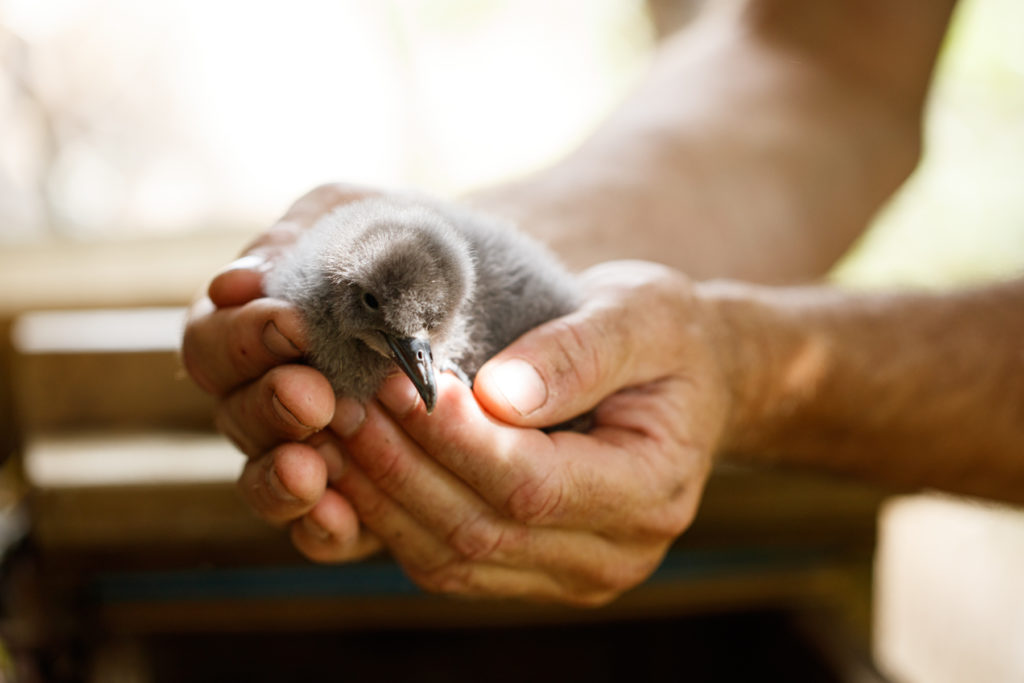
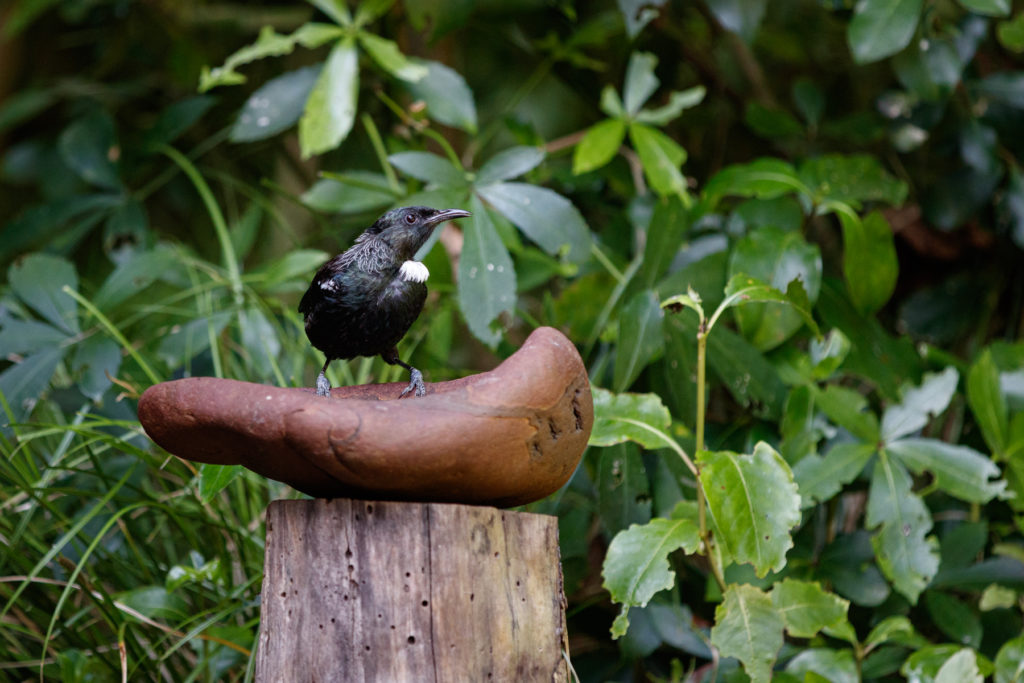
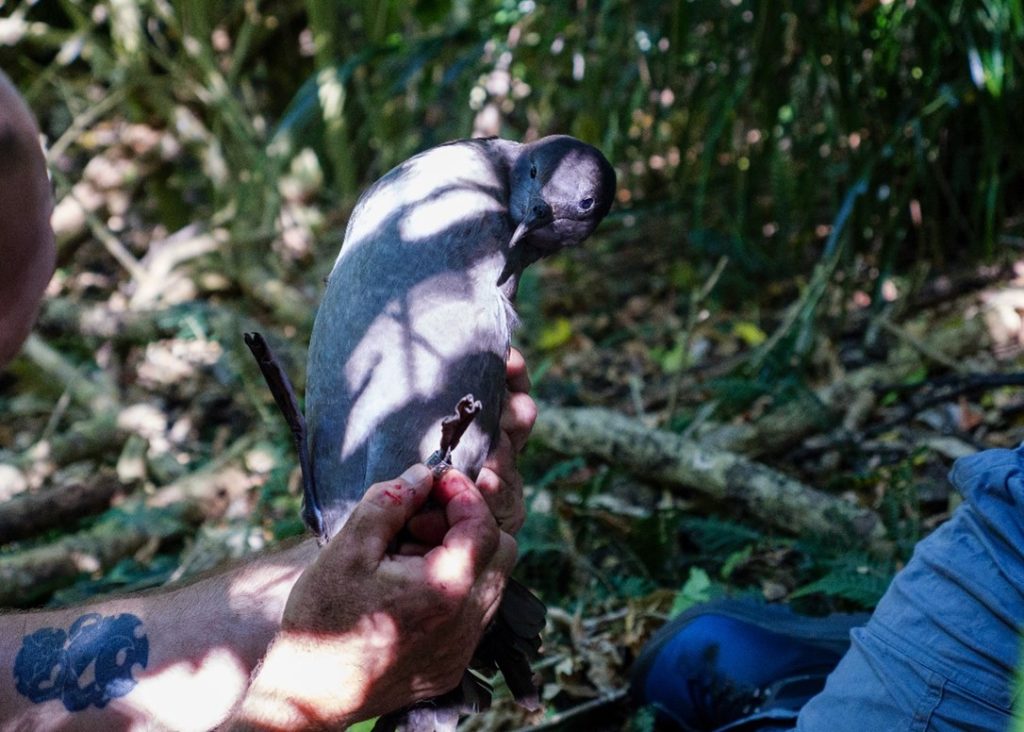
A real find was made when a Tītī or sooty shearwater was found in one of the study burrows representing a new species for The Noises. Even more interesting was the fact that this bird was banded with a numbered metal leg band. I contacted the Department of Conservation bird banding office and found out that incredibly this old bird had been banded as a chick on the 5th of May 1990 at Bethells Beach on the West Coast of Auckland! Time will tell if this bird was just a visitor or will be added to the already impressive list of breeding seabirds on The Noises (at least nine species).
On the coast AMs marine team, Severine Hannam and Ricky-Lee Erickson, ably aided by Sev’s super naturalist son Luke, were conducting intertidal surveys of the rocky shore with every low tide. The work documented at least 65 intertidal species of shellfish, crabs, sponges, anemones, and star fish. From Gastropods to Polyplacophora, Polychaets to Ascidiacea, and of course don’t forget your Actinopterygii, the profusion of diversity at the Noises was amazing to behold. It also left us wondering what The Noises could be like if we just gave the marine environment a rest from the constant impact of dredges, anchors, fishing lines, nets, spearguns and catch bags.
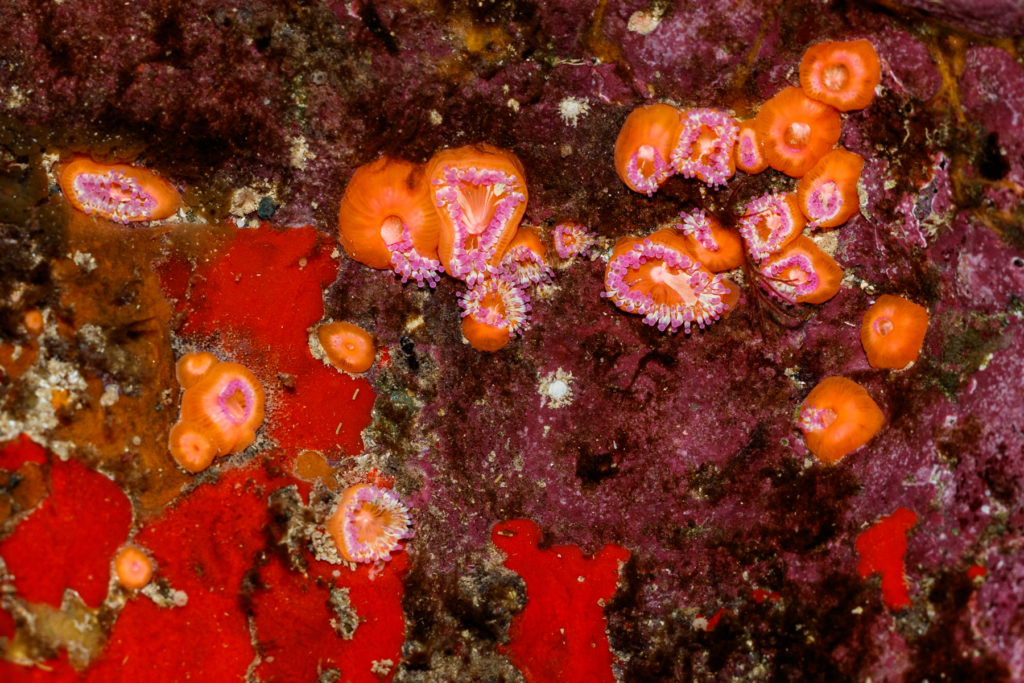
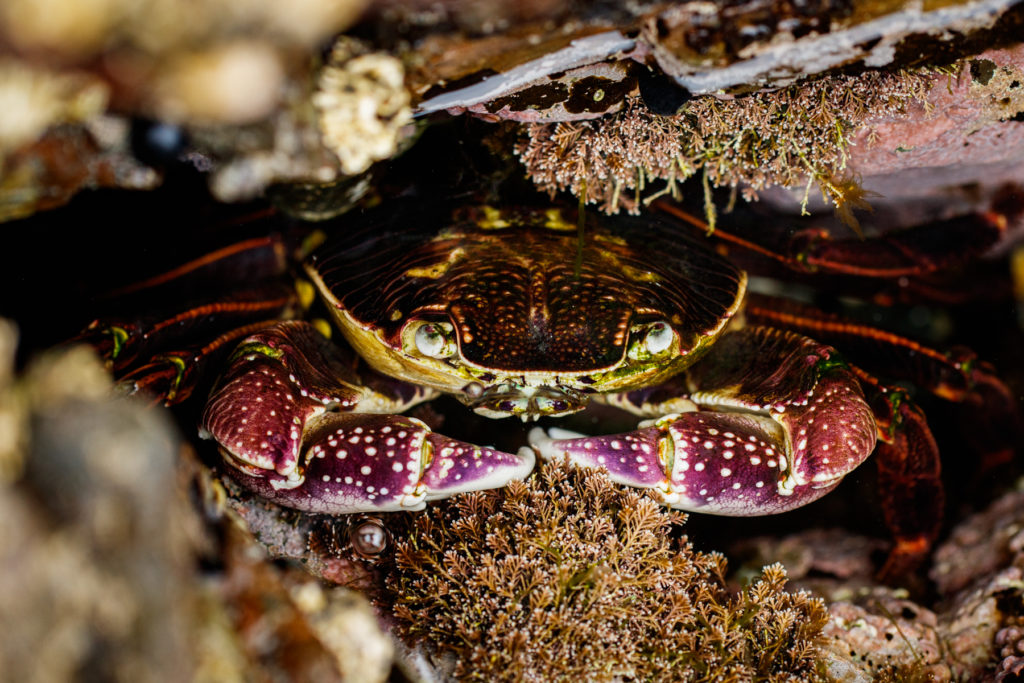
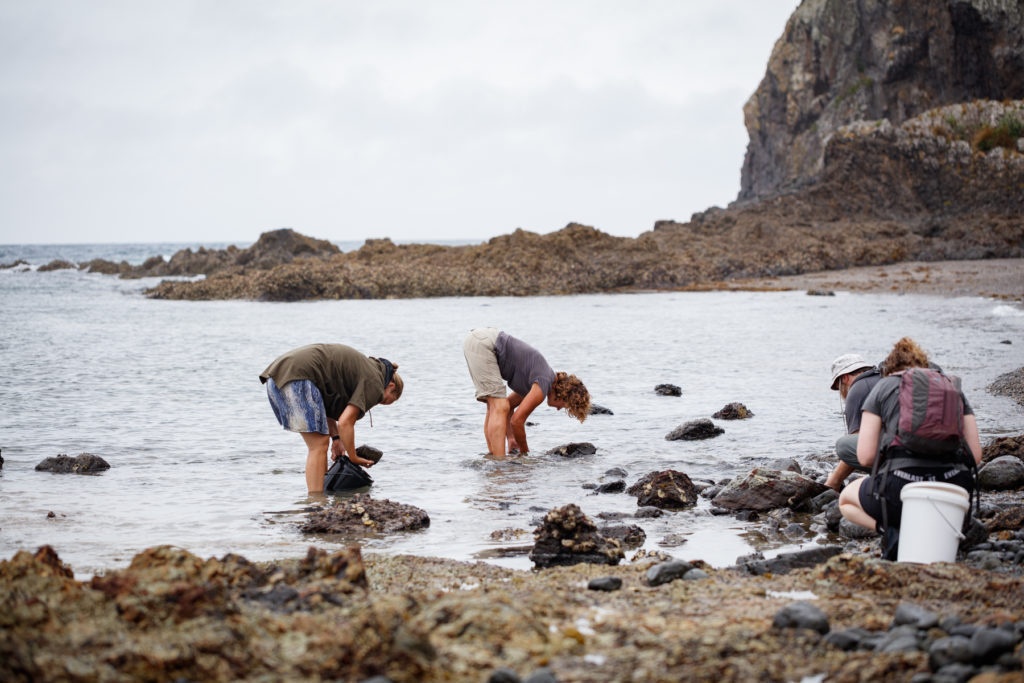
Overall, this expedition to The Noises was a great success and the team left with vital new data and voucher for the AM collections across all species groups that will be vital to inform us about the changing environments of the Noises on both land and sea. We are incredibly grateful to Sue Neureuther for her manaaki throughout the trip and for sharing her family’s deep knowledge of The Noises. The team is already planning and looking forward to the second expedition in spring 2022.
Matt Rayner is the Curator of Land Vertebrates at Tāmaki Paenga Hira Auckland War Memorial Museum. Like the seabirds he studies, he’s a regular visitor to The Noises. Photos by Jen Carol. You can read more about the Long-Term Ecological Monitoring Plan for The Noises here. If you’d like a copy of the Monitoring Plan please email Katina Conomos.


